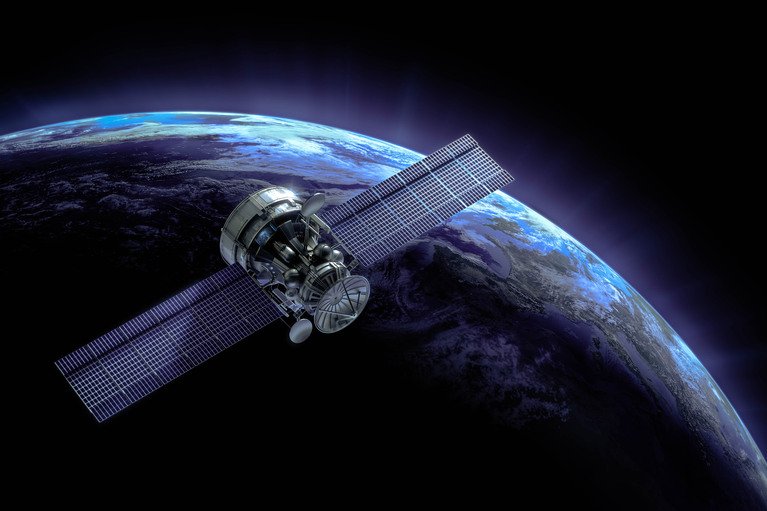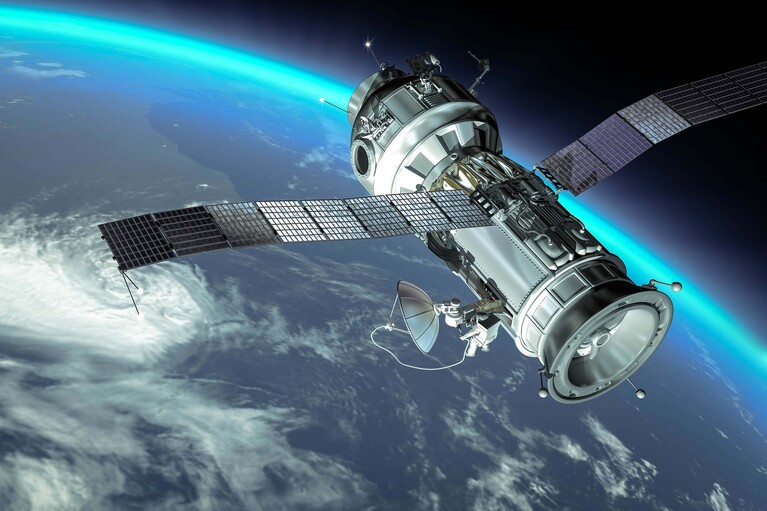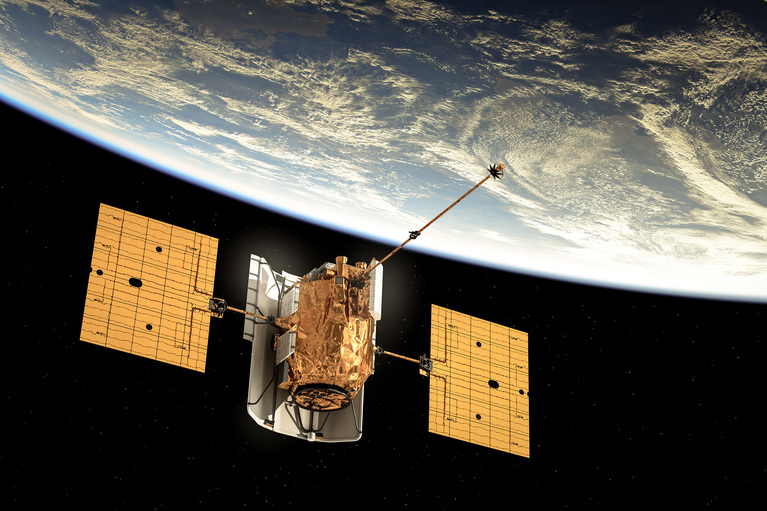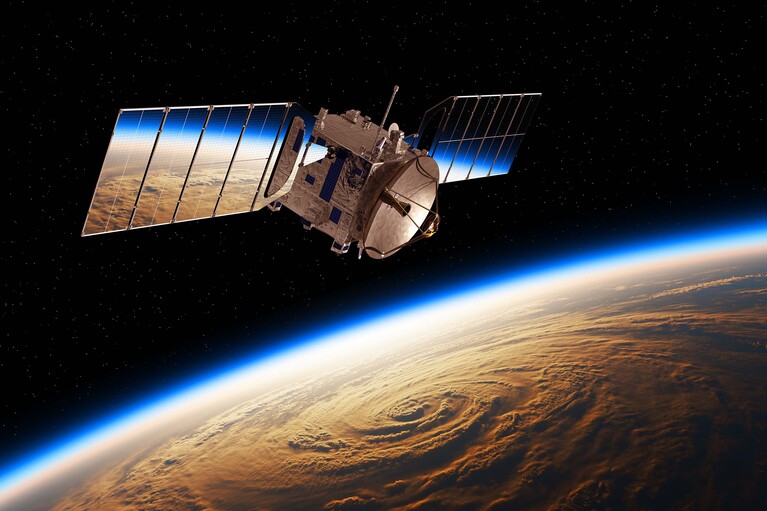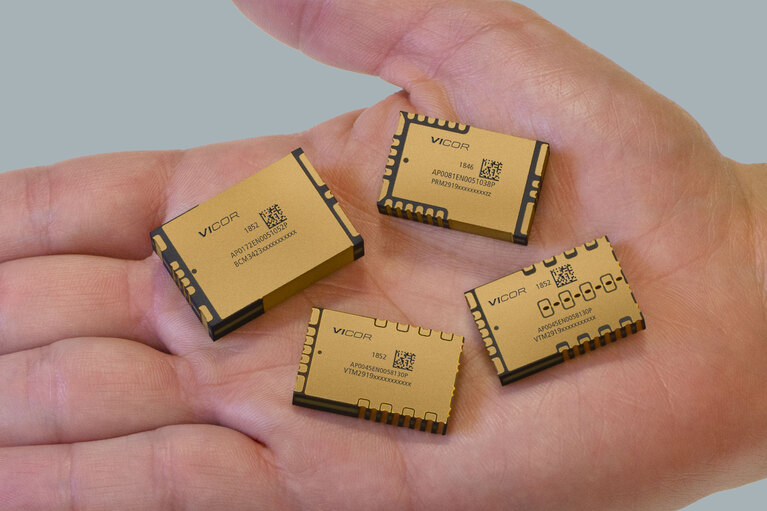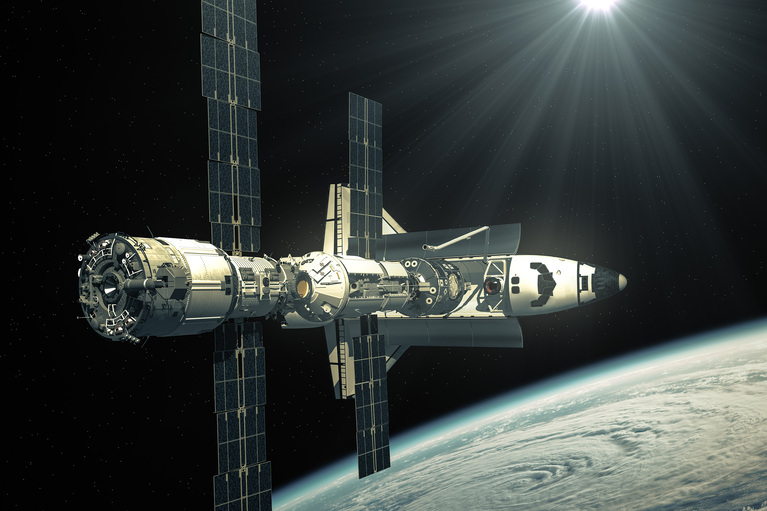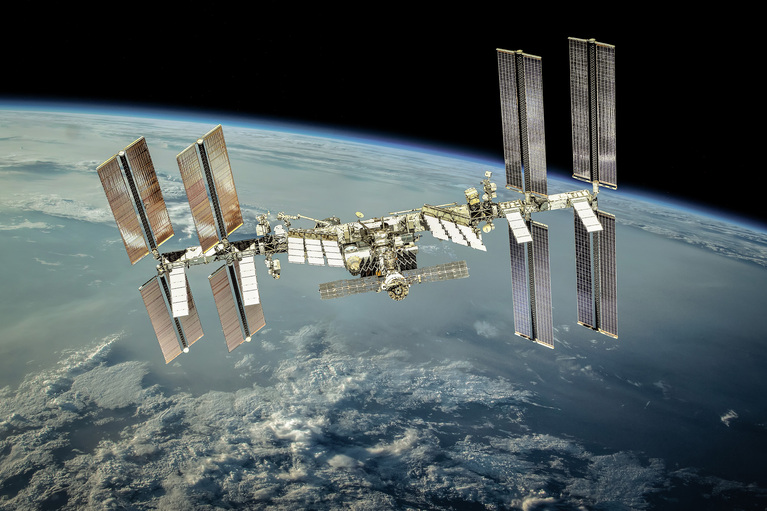
Power delivery networks for New Space
Space is an unforgiving environment demanding flawless reliability. Vicor radiation-tolerant power modules are proven to withstand the rigors of New Space
Satellite manufacturers operating in the New Space market sector will need to come up with solutions that will enable a 20-time increase in internet bandwidth over the next 10 years.
Satellite manufacturers operating in the New Space market sector will need to come up with solutions that will enable a 20-time increase in internet bandwidth over the next 10 years, according to a new report by Rob Russell, vice president, Aerospace and Defense, Vicor Corp.
The report lays out the challenges inherent in designing, developing, and launching satellites to meet this enormous demand: One major hurdle? The seemingly contradictory requirements for shrinking satellite size while at the same time improving throughput.
To achieve such a needed leap in throughput demand, satellite power designers must deliver 20 to 30 times more current to the load than legacy systems can provide, while simultaneously reducing the size, weight, and cost of the power delivery network. These warring requirements will only continue to escalate in the foreseeable future, the report notes.
Helping to solve this problem: Vastly upgraded power density for artificial intelligence (AI)-assisted New Space low-Earth orbit (LEO) and mid-Earth orbit (MEO) satellites in the form of power modules that deliver both high current and demonstrated radiation tolerance.
This article was originally published by Military Embedded Systems.
Satellite solutions: High speed, low latency network coverage for the world
Article: Compact, high-density, high-efficiency DC-DCs for NewSpace applications
White paper: Delivering higher power density and low noise for New Space applications
Radiation-tolerant power modules
Power delivery networks for New Space
Space is an unforgiving environment demanding flawless reliability. Vicor radiation-tolerant power modules are proven to withstand the rigors of New Space
DC-DC converters for NewSpace applications
Smaller satellites harvest less energy using a modular approach to minimize I2R distribution losses, maximize efficiency and improve transient response
For New Space satellites, radiation tolerance means new design hurdle
Vicor power modules are power dense, reliable and scalable. Furthermore, there are multiple benefits of soft switching in radiation-tolerant power systems
60th Annual AOC International Symposium & Convention
The premier EW and Radar technology event of the year

